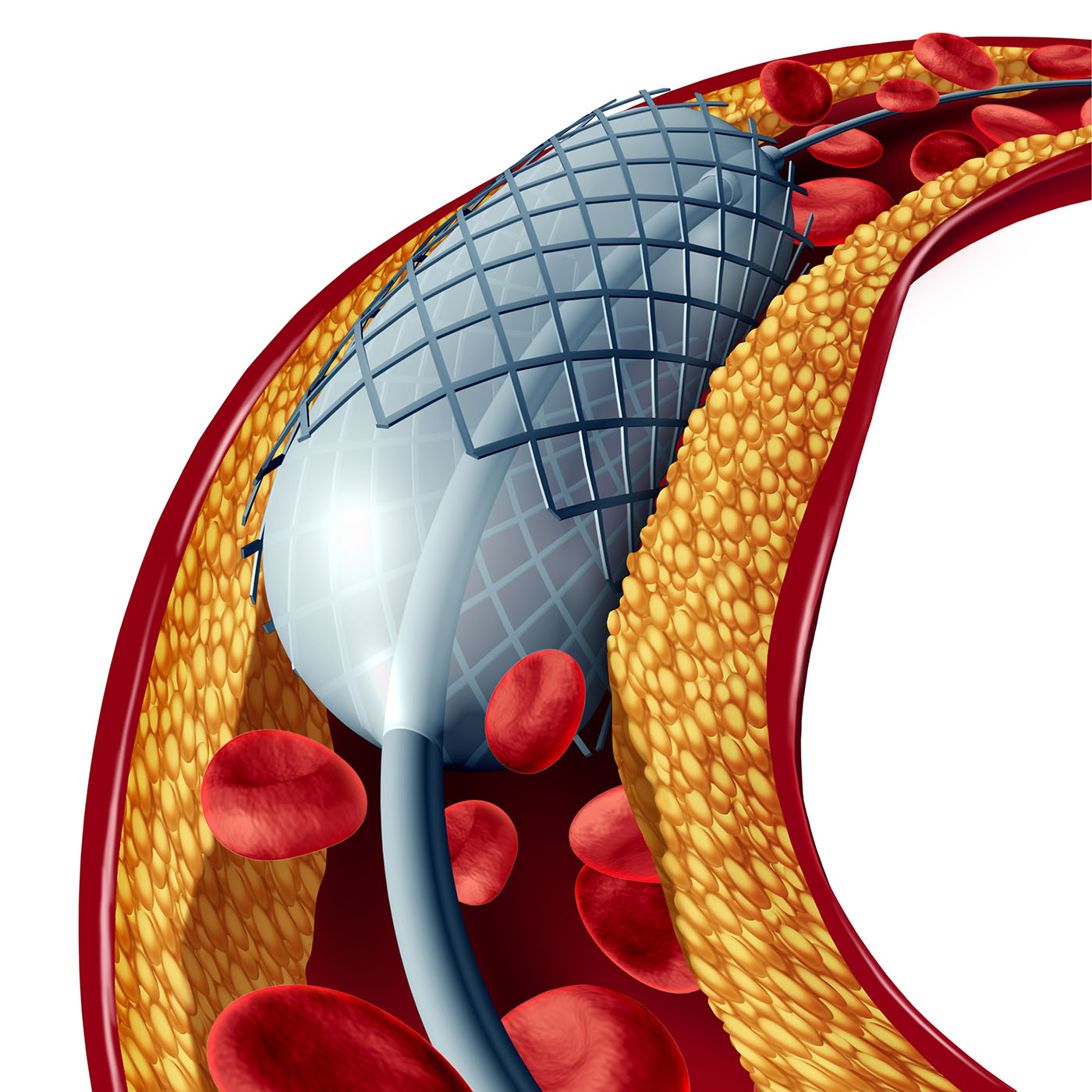Back to: Introduction to Evidence Synthesis
Here’s one last example of a systematic review in action. First, some background:
Renal Artery Stenosis (RAS) is the narrowing of the arteries that carry blood to the kidneys. RAS is usually caused by a buildup of plaque that clings to the walls of the artery, limiting the flow of blood to the kidneys. RAS can lead to high blood pressure, kidney damage, cardiac disease, stroke, and death.

RAS is treated using medications, but some doctors also recommend opening the blood vessel by inserting a small balloon into the artery to clear away the plaque and improve blood flow. The most common approach for this type of blood vessel repair for patients with RAS is called Percutaneous Transluminal Renal Angioplasty with Stent placement (PTRAS).
CESH conducted a systematic review to compare the benefits and harms of using PTRAS versus using medications alone to treat Renal Artery Stenosis.
Question: When treating renal artery stenosis, which approach is better: using medications alone or using medications and PTRAS?